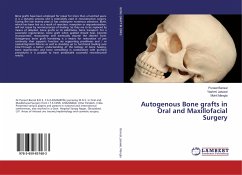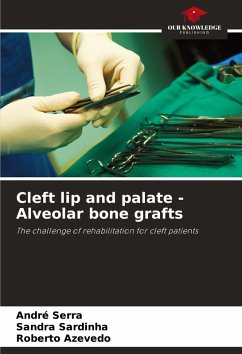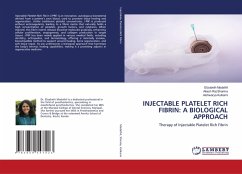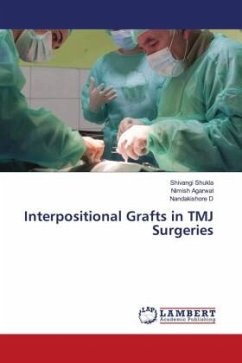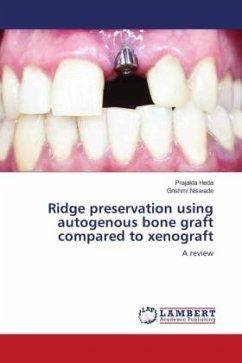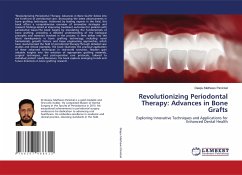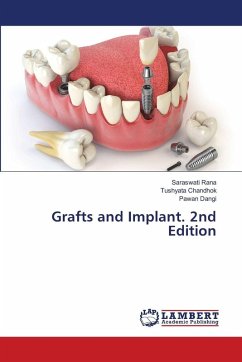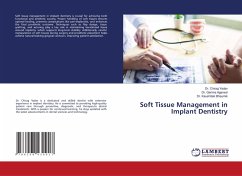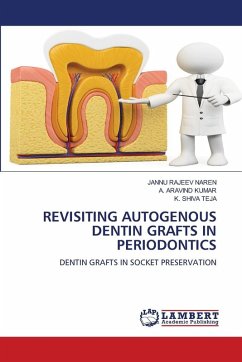
Revisiting Autogenous Dentin Grafts in Periodontics
Versandkostenfrei!
Versandfertig in 6-10 Tagen
29,99 €
inkl. MwSt.

PAYBACK Punkte
15 °P sammeln!
Loss of alveolar bone may be attributed to a variety of factors, such as endodontic pathology, periodontitis, facial trauma and aggressive maneuvers during extractions. Most extractions are done with no regard for maintaining the alveolar ridge. Whether due to caries, trauma or advanced periodontal disease, tooth extraction and subsequent healing of the socket commonly result in osseous deformities of the alveolar ridge, including reduced height and reduced width of the residual ridge.This bone loss appears to be progressive and irreversible. It is accelerated in the first 6 months leading to ...
Loss of alveolar bone may be attributed to a variety of factors, such as endodontic pathology, periodontitis, facial trauma and aggressive maneuvers during extractions. Most extractions are done with no regard for maintaining the alveolar ridge. Whether due to caries, trauma or advanced periodontal disease, tooth extraction and subsequent healing of the socket commonly result in osseous deformities of the alveolar ridge, including reduced height and reduced width of the residual ridge.This bone loss appears to be progressive and irreversible. It is accelerated in the first 6 months leading to as much as 40% of the alveolar height and 60% of alveolar width loss followed by a gradual modeling and remodeling of the remaining bone. The residual alveolar bone get resorbed very rapidly immediately after teeth extraction. This causes difficulty in the seating of prosthesis at a later date or might also be esthetically unpleasant. Hence, alveolar bone preservation after teeth extraction is a common practise these days.



